Professors Blaauw and Sylvester showcase capabilities of tiny computing
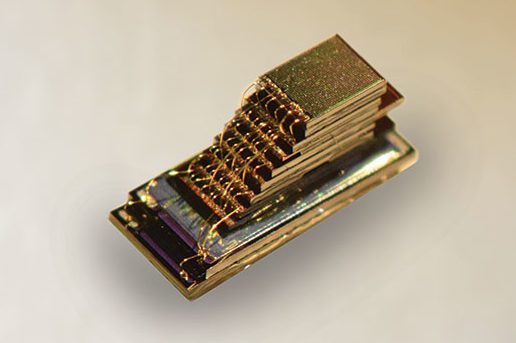

Professors Blaauw and Sylvester showcase capabilities of tiny computing
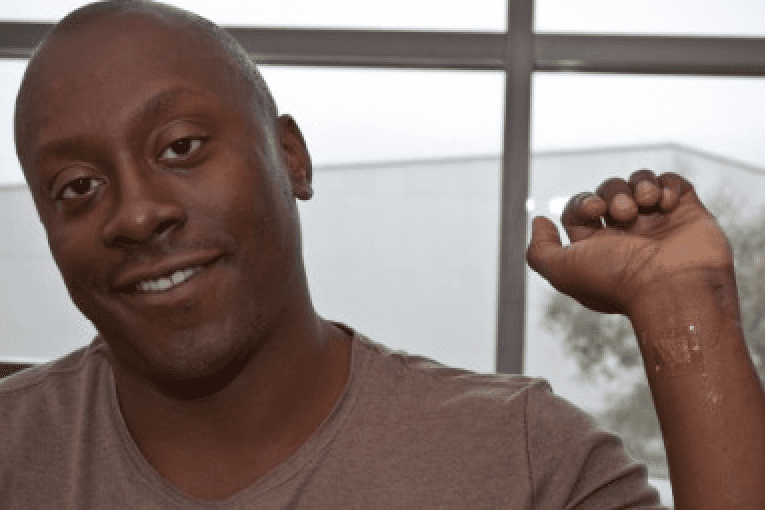
Prof. Todd Coleman’s group is tackling the challenging problem of getting high-fidelity monitoring to work affordably at home.
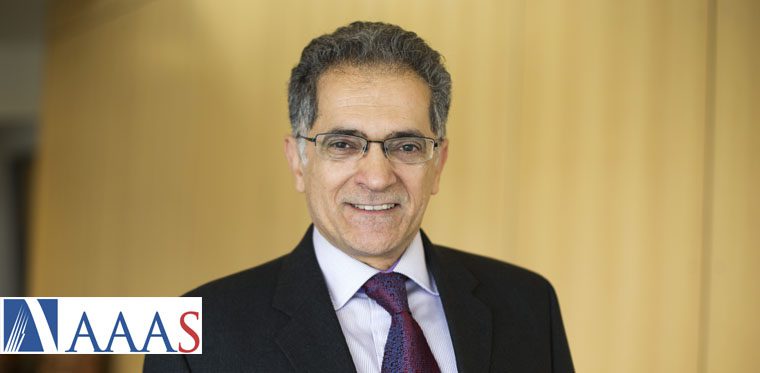
The AAAS seeks to advance science, engineering, and innovation throughout the world for the benefit of all people.
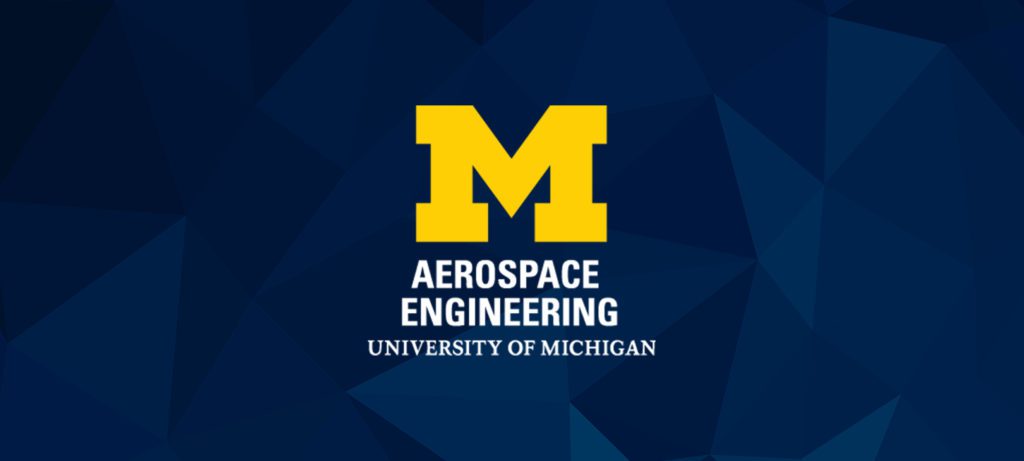
UM-SEDS co-President Arun Nagpal develops ENG 100 section to expose freshman to space science and atmospheric sensing.
Some believed early Michigan brain researchers were engaging in “science fiction” – until development of an advanced tool for forging breakthroughs proved them wrong.
The post The Michigan Probe: Changing the Course of Brain Research appeared first on Michigan Engineering News.
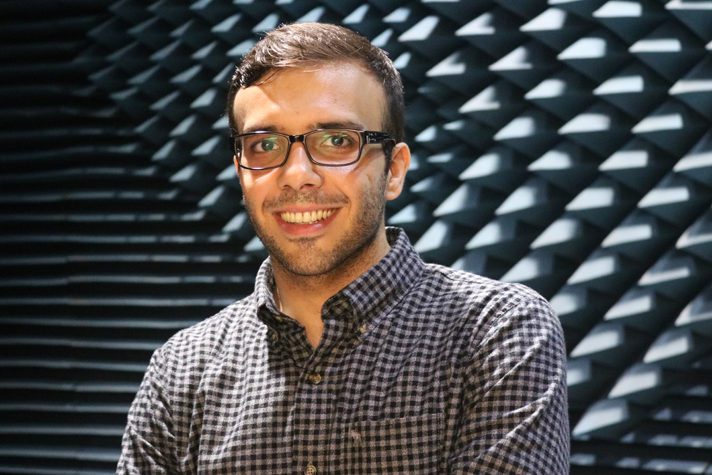
Mohammad has developed a new way to remotely measure the thickness of ice and snow with a technology he calls wideband autocorrelation radiometry (WiBAR).
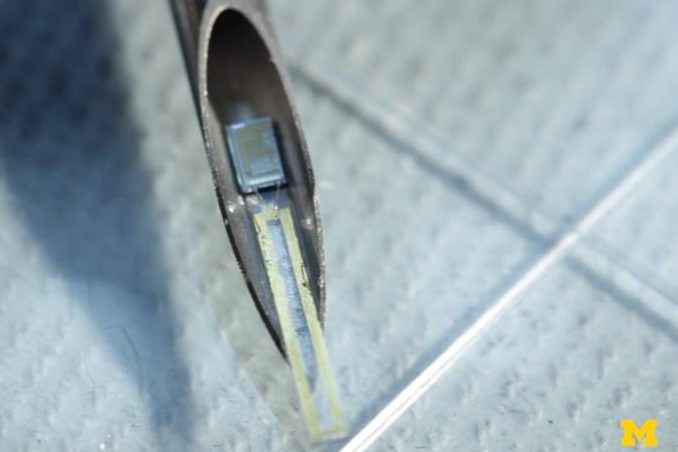
This platform has enabled a variety of sensors that can fit inside the human body, made possible by several breakthroughs in ultra-low power computing.
Hero is honored for his extraordinary accomplishments that have brought distinction to himself, his students, and to the entire University.
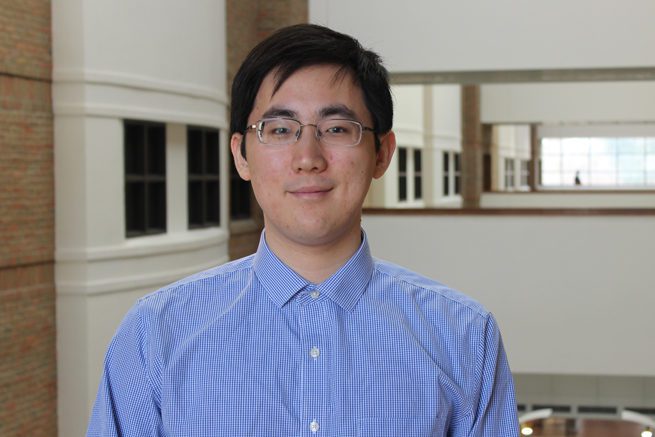
Xiang’s research focuses on developing new methods to synthesize different control and sensing strategies in a discrete-event system.